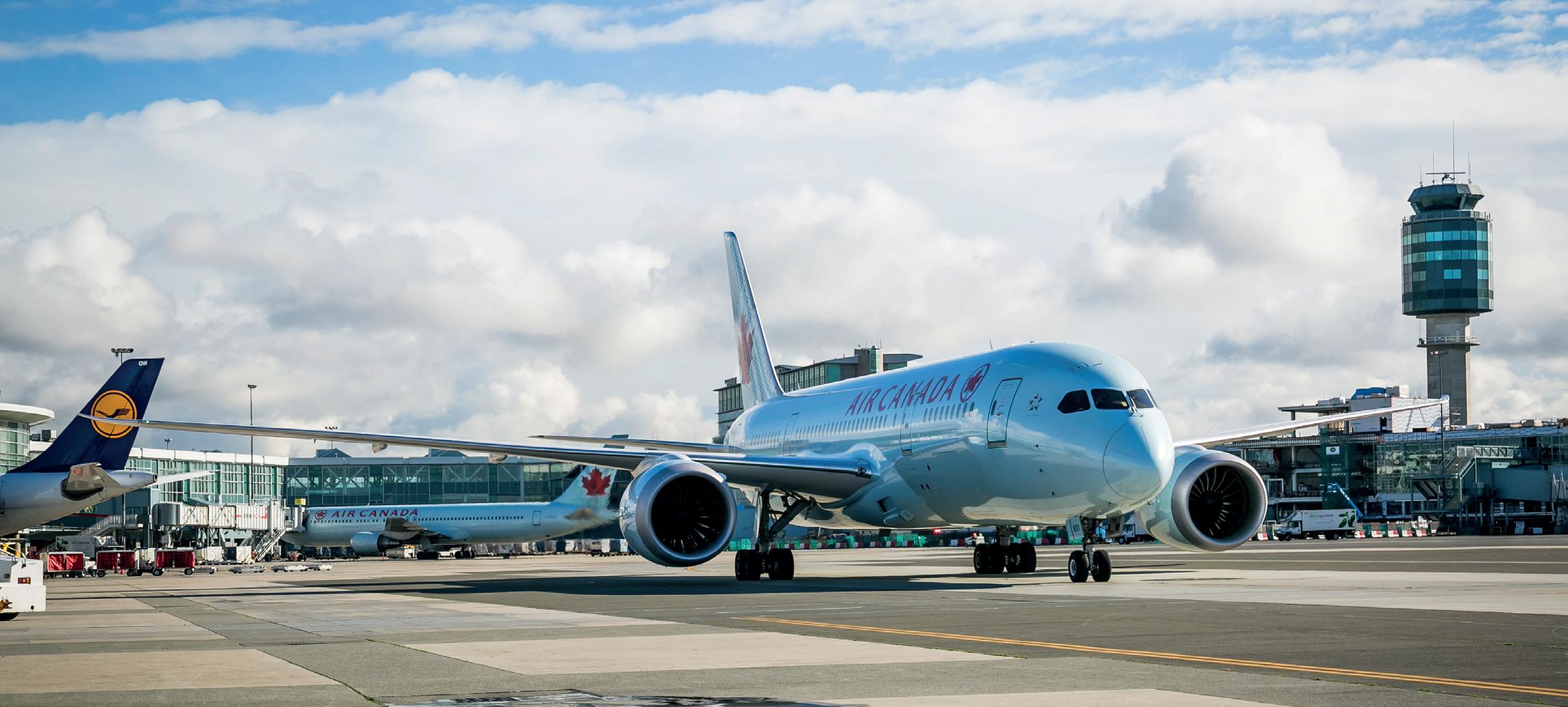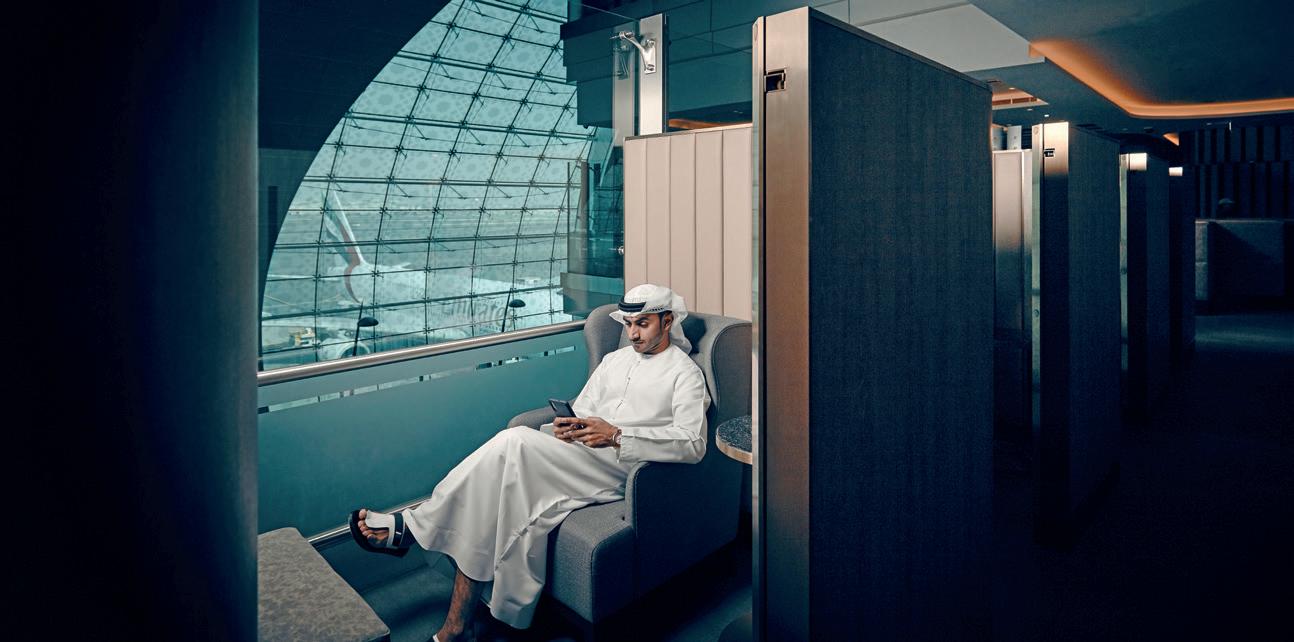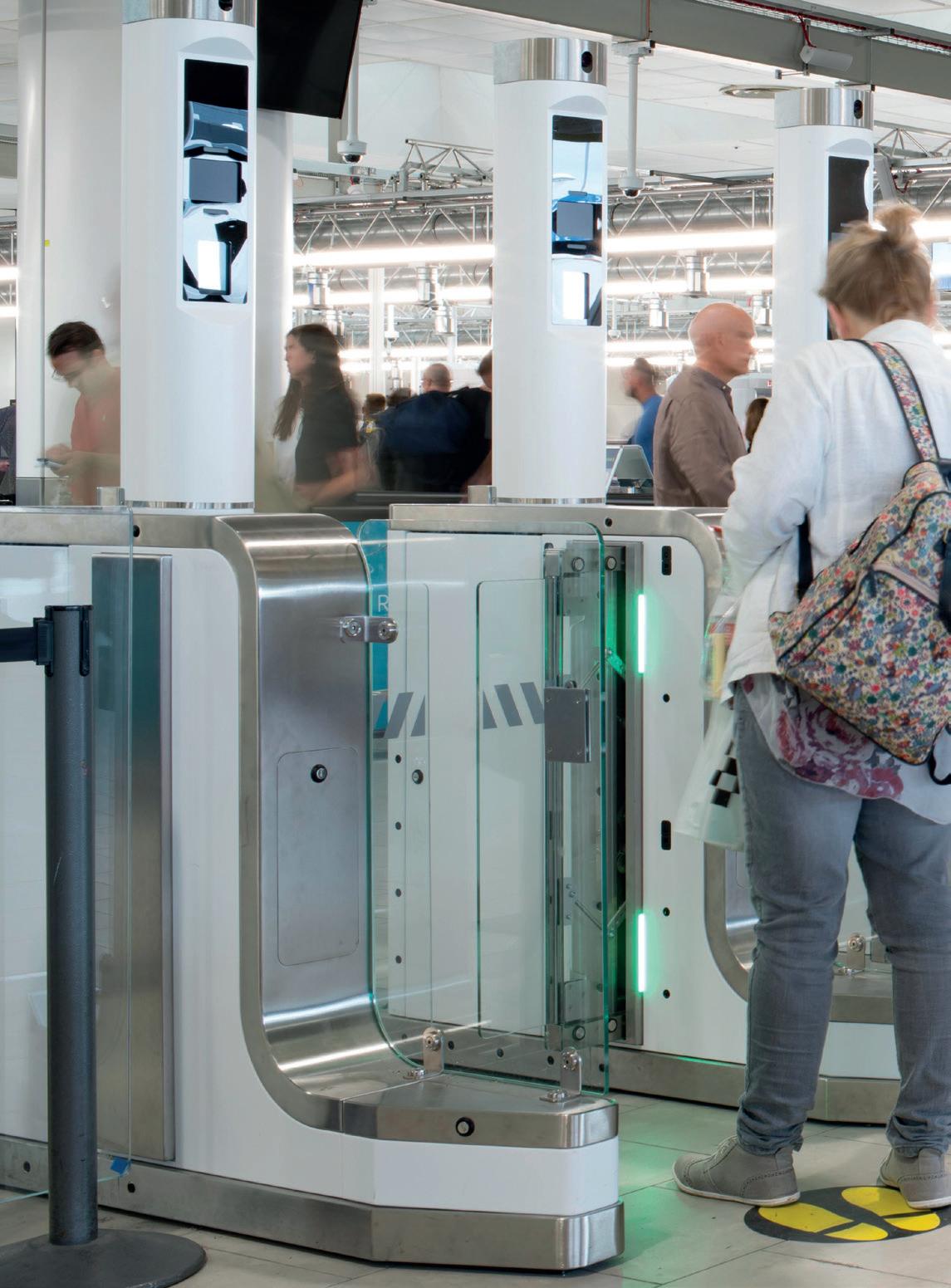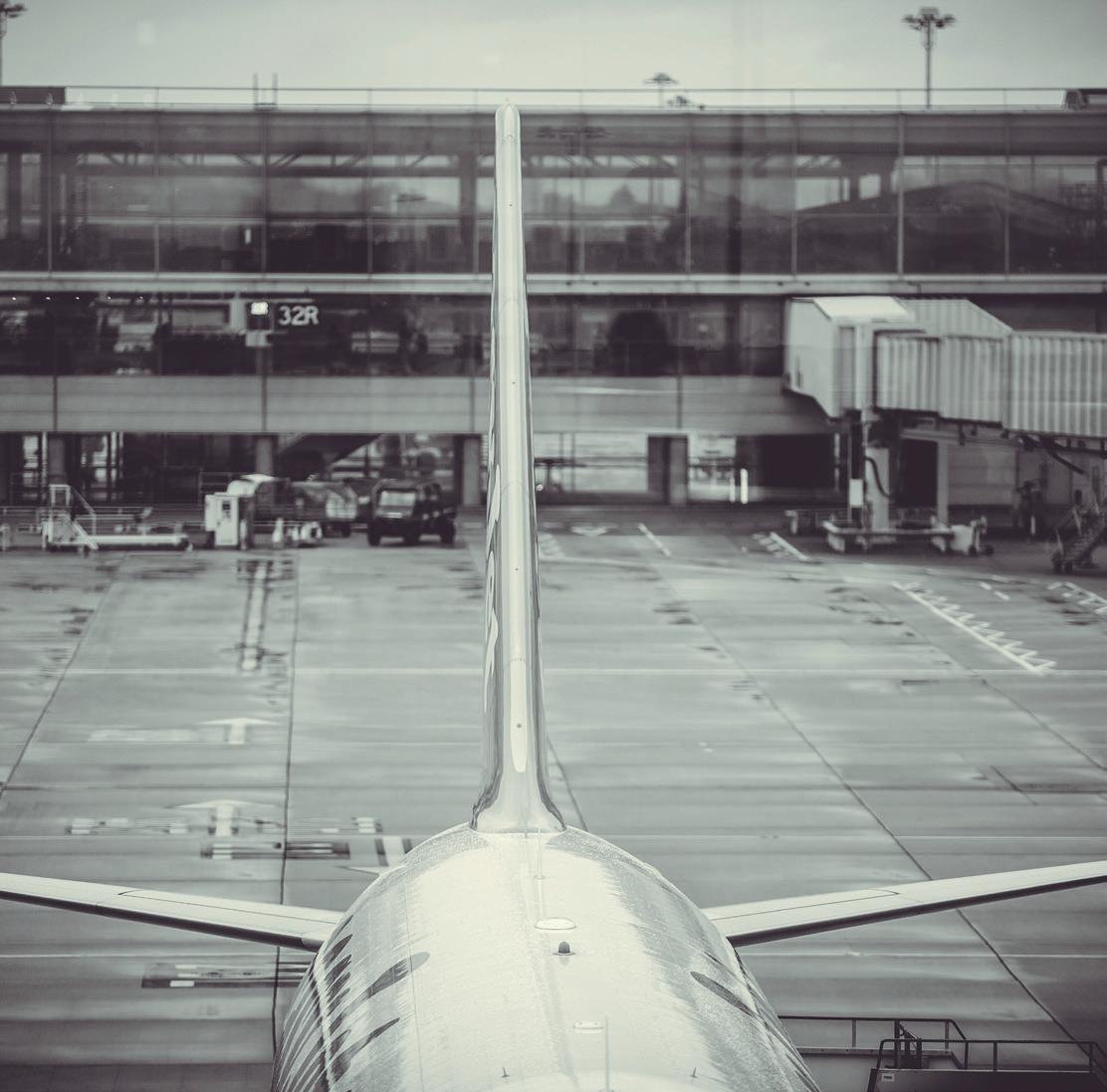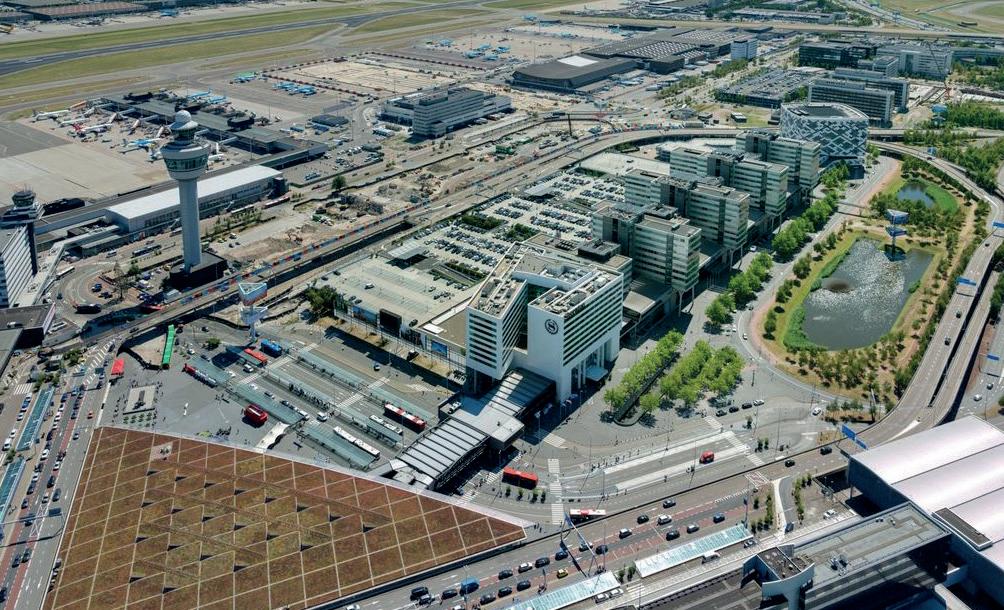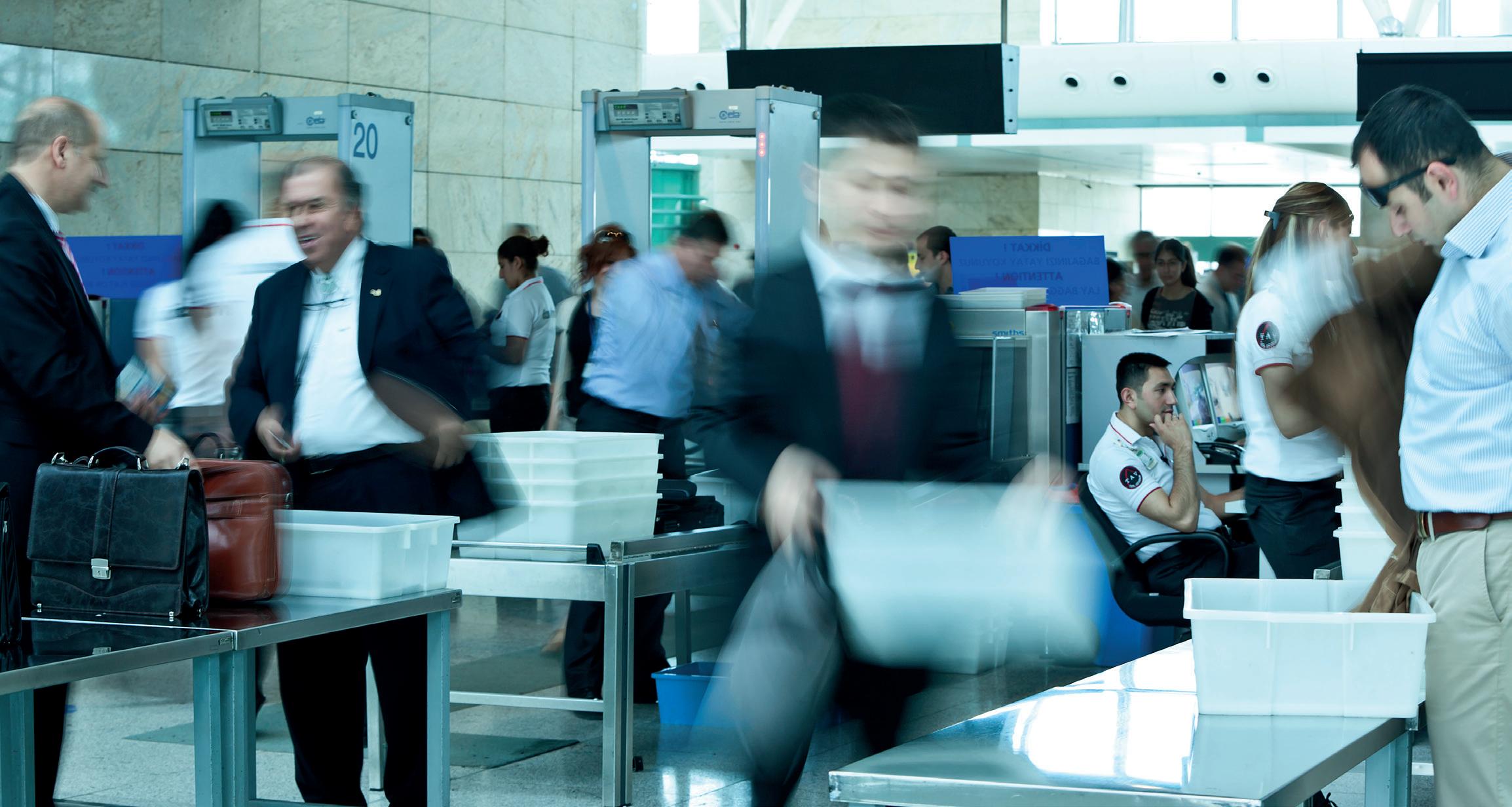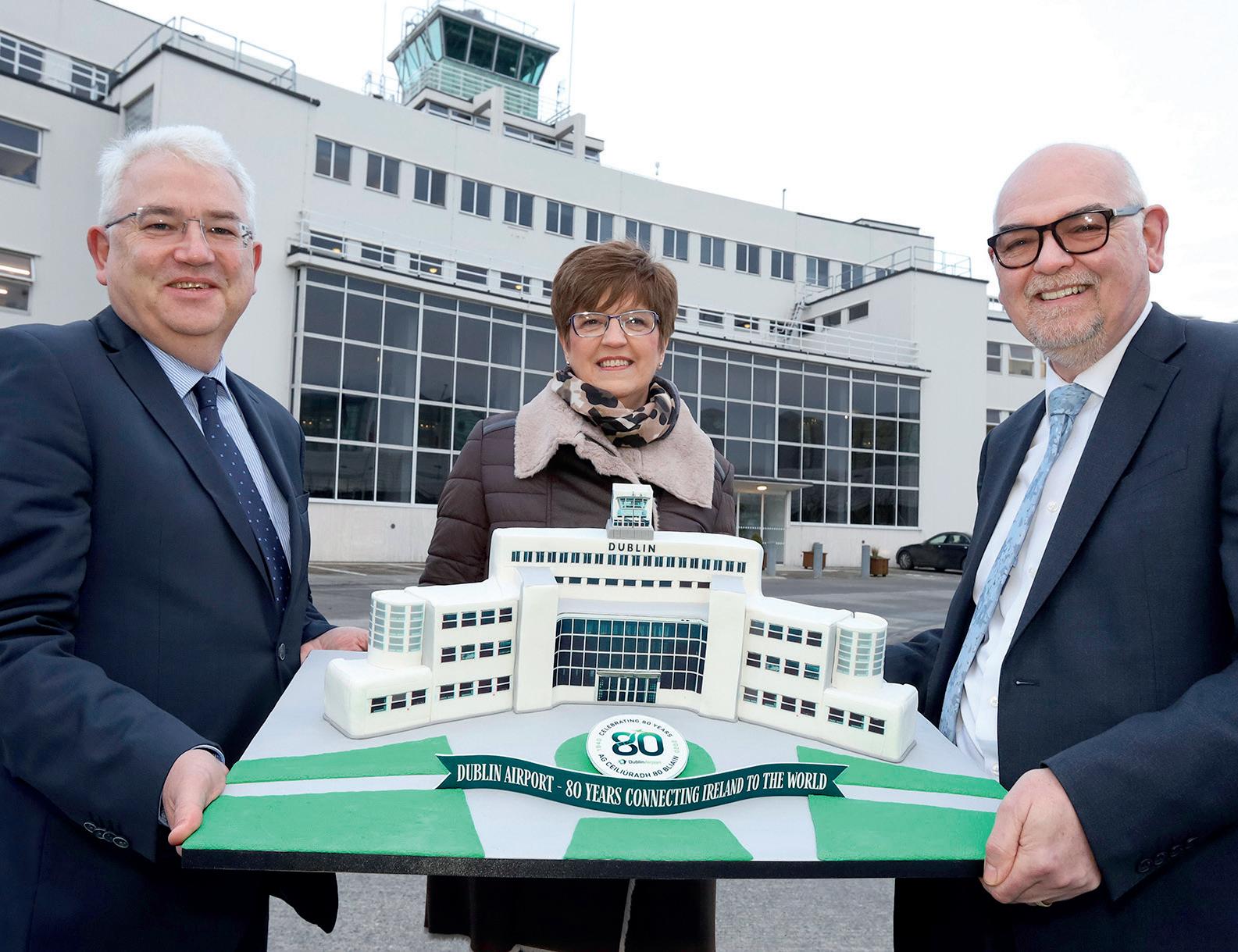RETAIL
Remaining relevant Melvin Broekaart ponders whether it is time for airports to reconsider their retail business models to successfully compete with online shopping and remain exciting and relevant for decades to come.
W
hether we like it or not, there is an impactful and irreversible change of reality taking shape in travel retail. The new reality seems to question the way airport retail is currently ‘outsourced’ for optimisation. It questions the type of partners needed for future success, and the business rationale and management structure needed for collaborating with these partners. The cause of this change lies in the strong emergence of e-commerce as a transaction channel for making purchases, with the change at airports being even more evident in countries where e-commerce plays an important role in domestic retail. And with the world in lockdown due to the Covid-19 virus, the number of countries where e-commerce plays a major role for retail transactions has risen dramatically. In these countries, the dominant reference to purchasing in travel retail has changed to online shopping, versus traditional offline ‘physical store’ shopping in other countries. The effect of this change is mind blowing. Traditionally, the primary function, form and purpose of airport retail stores was to distribute products. Passengers would purchase these products because they were unique and difficult to find elsewhere, and if available at physical retail in the passenger’s home market the
products would be cheaper at the airport. Uniqueness and savings as two important drivers of airport retail sales. For consumers that have massively adopted e-commerce for their retail purchases, however, uniqueness and savings aren’t automatically associated with airport shopping. Nearly everything available at the airport can nowadays be found online, and with the extreme low-cost structure of electronic retailers, it is no wonder that for these consumers, savings are difficult to be found at the airport. The multi-year declining spend-per-passenger that many airports around the world are experiencing is perhaps the best analytical indicator of the impact this is creating. The size of this group of consumers is rapidly increasing, yet the stores at the airport appear to even more firmly cling to their historical purpose of distributing products while focusing primarily on price competitiveness in their communication. By accepting this as an industry, we are selling the airport short to our brand partners, and we’re obstructing airport retail’s right to exist for another seven decades. In a world where passengers have one click access to attractively priced products that historically might have been exclusively available
AIRPORT WORLD/ISSUE 2, 2020
17

